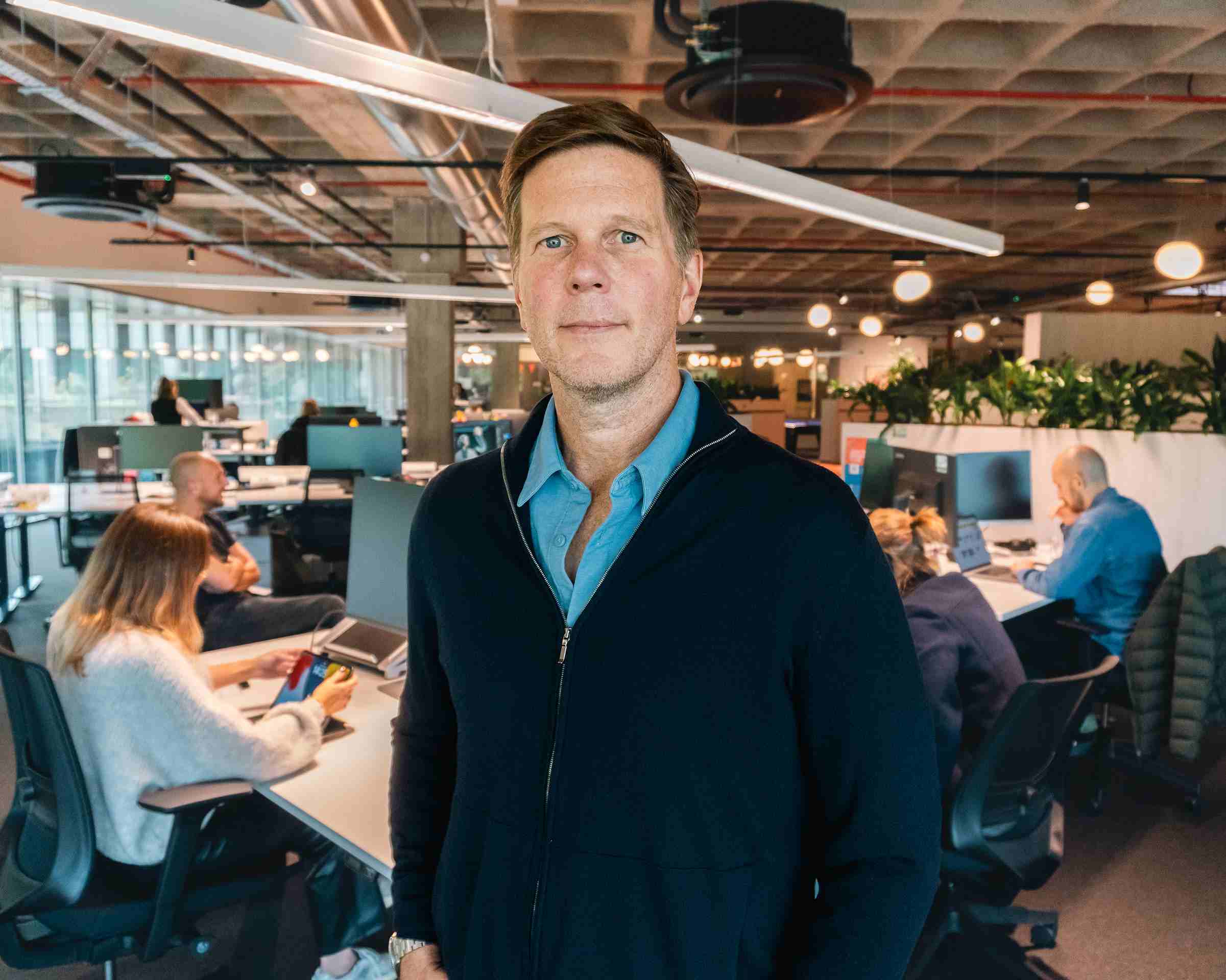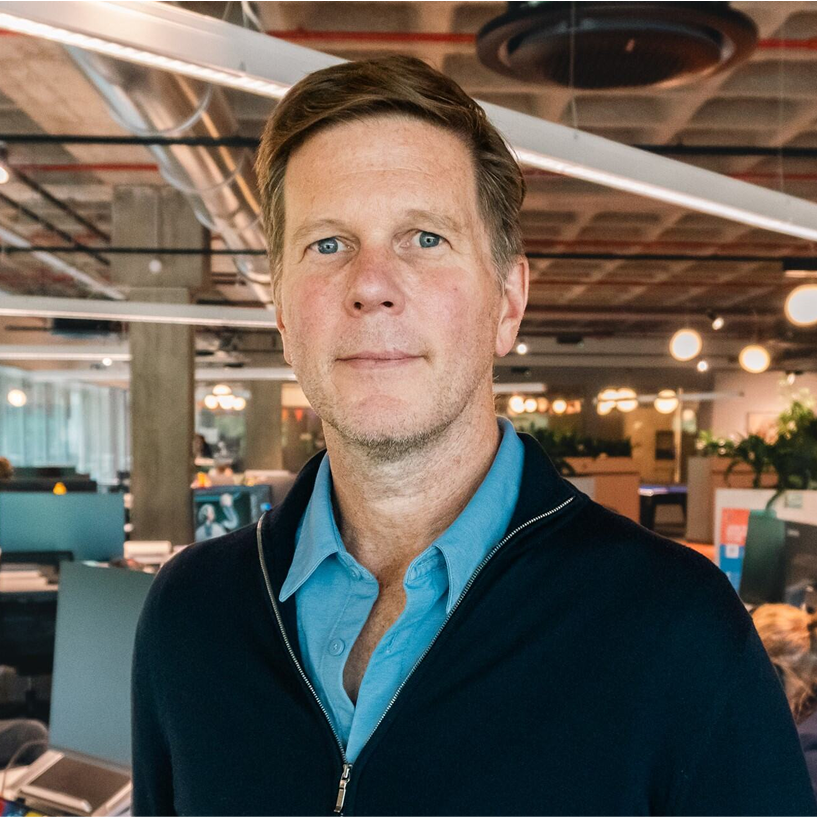People, powered by AI, is the strategy the C-suite needs to embrace.
How forward-thinking leaders are using AI to amplify human potential rather than replace it.
Mar 26, 2025
People, powered by AI, is the strategy the C-suite needs to embrace.
How forward-thinking leaders are using AI to amplify human potential rather than replace it.
Mar 26, 2025

Conshohocken

AI has gone mainstream in the US at the worst possible time. America and, by extension, American business, entered a cultural shift driven by a strange coalition of forces. The political climate has injected a zero-sum ethos into public life: empathy is weakness, selfishness is strength.
This is being amplified by tech billionaires whose embrace of the zeitgeist is reshaping the business world’s definition of leadership, promoting a version of efficiency that views employees as parts to discard vs colleagues to nurture. These influences have led to a new, harder, colder operating model where often the fastest path to profit is assumed to be the smartest one.
And AI, sadly, is one hell of an accelerant.
This is why, if you’re an American executive in the Fortune 1000, you’re in danger of blowing your AI strategy. I’m not talking about your choice of LLMs or the way you’ve approached RAG. It’s way more basic and much more costly than that. Right now, too many leaders are knee-jerking into using this game-changing technology – not for reimagining their customer experience or their products – but on “cost take out” – specifically automating tasks in order to reduce headcount.
Don’t worry, this isn’t an anti-capitalist rant. Far from it. The point I’m making is that efficiency, while extremely important, isn’t a strategy, it’s a tactic. All too often leaders conflate the two when market valuation is at stake, and this can lead to ruin even for the most admired organizations. Think Sears, responding to the digital age by winnowing down their footprint and outsourcing operations – not to buy time for a business model reinvention, but to improve their balance sheet until…bankruptcy. Or General Electric abandoning 100+ years as an innovator across multiple industries in favor of quarterly “financial engineering.” Or, from recent headlines, Starbucks’s struggle after abandoning their hard-earned position as our “third place” in favor of doubling-down on mobile ordering and menu proliferation.
Replacing people with AI agents sounds forward thinking, but boiled down it’s just a layoff. And don’t believe otherwise because of the technology involved. As a tactic, headcount reductions have been around for as long as there have been wage workers and, without question, there are times when they are critical to a concern’s long-term viability. But businesses don’t cut their way to growth. They innovate, they invest, they transform.
The real problem hiding in that generative halo is a very mundane fact: the organization’s loss of an authentically intelligent human being – someone who could have sold the next customer, come up with the next idea, or inspired the colleague next to them is now gone.
“AI isn’t a robot.
It’s an exoskeleton.”
Organizations need to recognize the true promise of this technology is the augmentation of human capability. AI isn’t a robot. It’s an exoskeleton.
Contrary to popular opinion, the next generation of modern enterprise won’t be a solitary human genius with a thousand AI agents. It will be a lot like today’s vanguards, except employees will be noticeably more engaged and balance sheets healthier. Why? Because people will be enabled, in many cases for the first time, to do their very best work. We call this strategy People, powered by AI.
Category killers, Amazon, Johnson & Johnson, Meta, Aramco, Airbus, Apple, JP Morgan, are all very different companies – but with something in common. They run off data-rich digital platforms powering their ability to adapt to changing market conditions and customer needs. These, and other like-minded organizations, are in the process of evolving their platforms from powerful tools their people operate to something more profound. Digital platforms will become, are becoming, agentic ecosystems.
Within these agentic ecosystems will be robust and scalable next gen platforms that allow for the consistent development, deployment, and management of AI agents integrated with business processes. These platforms will support a wide range of tasks and power hundreds, if not thousands, of key use cases. The key success factor of this new landscape is that the agents won’t be operating alone – they will be paired with the existing human workforce. This will significantly increase not just operational efficiency and effectiveness but power the enterprise to adapt at a never-before-seen speed and scale.
Picture for a moment employees in life sciences, or finance, or working in an oil & gas multinational suddenly unburdened by their agent partner from routine tasks – able, perhaps for the first time in their careers, to think about the big picture and focus on creative problem solving. It breaks our mental model of corporate life, doesn’t it?
What innovations would such an organization produce? What kind of employee retention would they earn? What kind of bottom line could they achieve? Making this real will require reimagining the day-to-day lives of employees across the organization and finding ingenious ways to seamlessly insert AI into their flows. Some workers will get overwhelmed, and the change process will require great skill and empathy. It will take a lot of effort to get the human/agent pairings right and for organizations to fully internalize the AI ecosystem (more on this in an upcoming article) but it will be well worth it.
While this may sound fantastical, it’s all happening now. LinkedIn and Blackrock already have strong foundational AI platforms from which they are in the process of expanding in full ecosystems like described above. And others, many in science-based industries, are aggressively charting paths forward as I write. These firms get it. They are embracing the technology while continuing to embrace and invest in their people.
“Embracing AI to elevate, not replace, the workforce is the only choice for scalable, sustainable competitive advantage.”
AI didn’t create the anti-people sentiment creeping into our culture, but it can make it worse. The people, powered by AI strategy changes the conversation for both the workforce and the shareholders. No question, employees are often the largest organizational cost. Anything worth doing has a cost. Business is no different. Investing in the future, servicing a customer, inventing a new product (all things, btw, that require people) are all costs. It’s waste that’s the problem and, while the two are sometimes interconnected, they are far from the same. This is what political leaders and celebrity CEOs are misunderstanding.
The winners and losers of tomorrow will be separated, as always, by their vision and ability to execute. Done right, people, powered by AI, will beat out people alone and AI alone in nearly every situation, nearly all the time. The C-suite needs to recognize going all-in on short-term tactics will lead to the dark places it always has. Embracing AI to elevate, not replace, the workforce is the only choice for scalable, sustainable competitive advantage.
